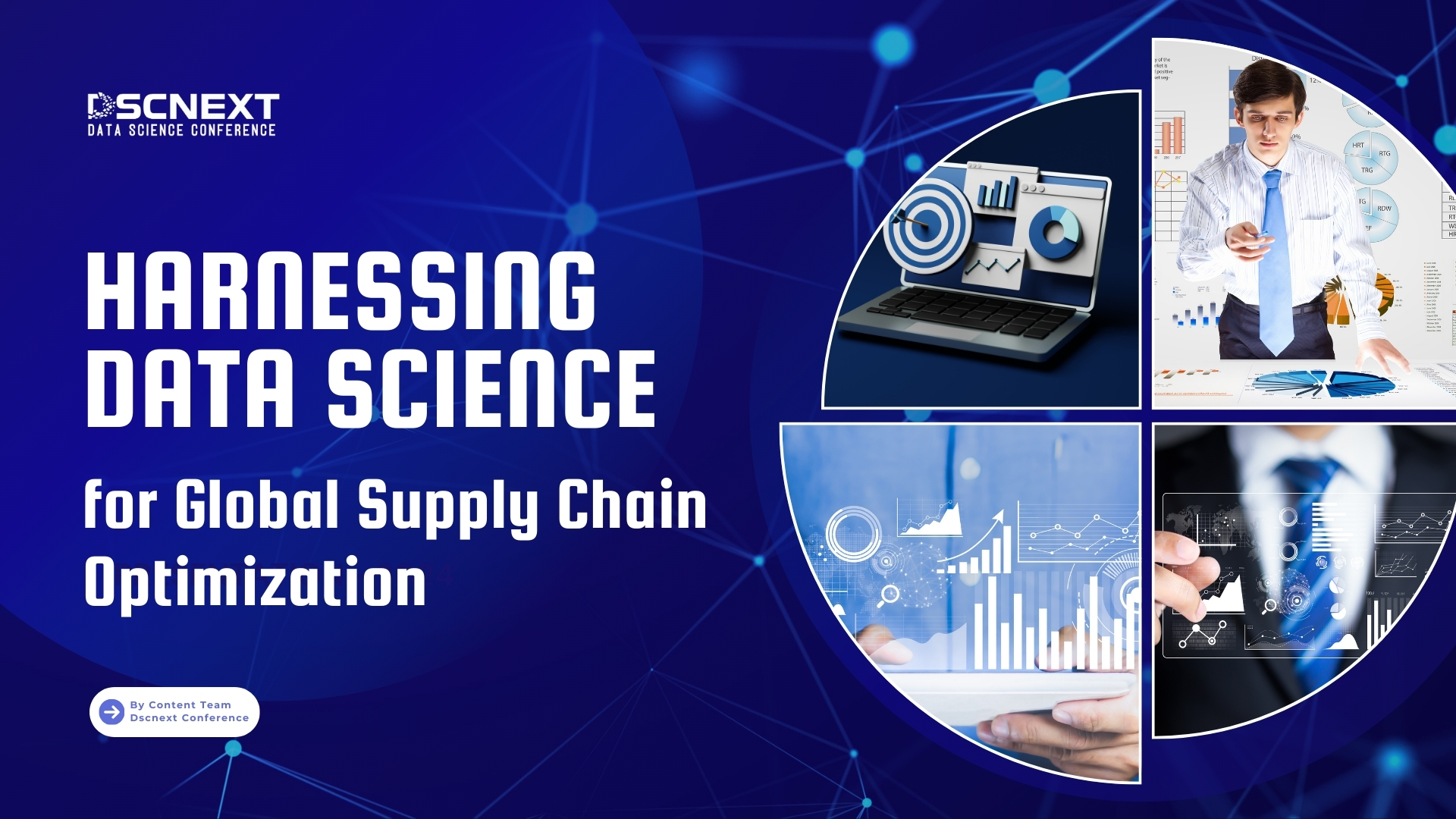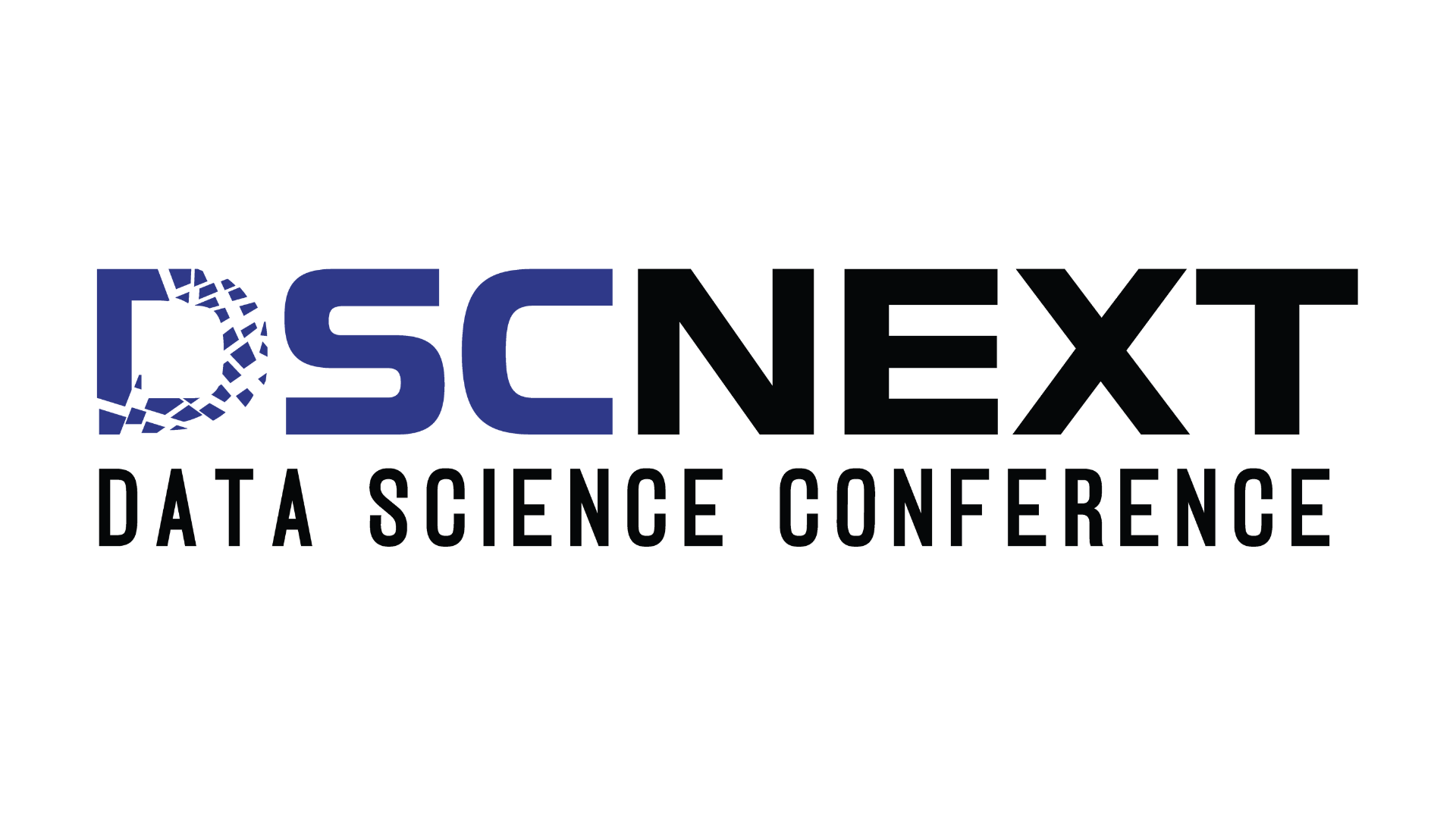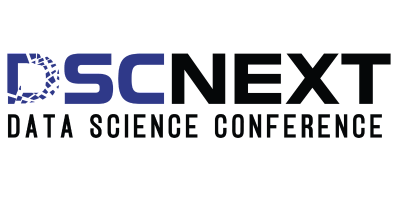
In today’s interconnected and competitive world, supply chain optimization is more crucial than ever for businesses aiming to maximize efficiency, reduce costs, and enhance customer satisfaction. Data science has emerged as a transformative tool in this domain, enabling companies to leverage vast amounts of data to make informed decisions, anticipate trends, and automate processes. This comprehensive blog explores the multifaceted applications of data science in supply chain optimization, illustrating its benefits through a range of global examples, and examining the future trends shaping this field.
Understanding Supply Chain Optimization
Supply chain optimization involves the strategic management of the flow of goods, information, and finances across the entire supply chain—from raw materials to the end customer. The goal is to minimize costs, maximize efficiency, and ensure the timely delivery of products. Traditional methods relied heavily on manual processes and historical data, but with the advent of data science, businesses can now harness real-time data, advanced analytics, and machine learning to enhance their supply chains.
The Role of Data Science in Supply Chain Optimization
Data science is integral to supply chain optimization, offering capabilities in several key areas:
1. Predictive Analytics
Predictive analytics uses historical data to forecast future demand, supply disruptions, and price changes. By analyzing patterns and trends, businesses can anticipate market needs and adjust their inventory levels, production schedules, and distribution plans accordingly.
In Brazil, an agribusiness company leverages predictive analytics to forecast crop yields based on weather patterns, soil conditions, and historical data. This enables them to optimize their supply chain from farm to market, ensuring they meet demand while minimizing waste.
2. Demand Forecasting
Accurate demand forecasting is vital for efficient supply chain management. Data science techniques such as time series analysis, regression models, and machine learning algorithms can predict demand with high accuracy, helping businesses optimize production, reduce excess inventory, and ensure product availability.
Zara, the Spanish fashion retailer, utilizes advanced demand forecasting models to predict fashion trends. This allows the company to swiftly adjust production and distribution, ensuring the latest styles are available in stores worldwide within weeks.
3. Inventory Optimization
Data science aids in determining optimal inventory levels to meet demand while minimizing carrying costs. Techniques like ABC analysis, economic order quantity (EOQ), and safety stock calculation are enhanced by machine learning models that consider multiple variables and uncertainties.
In India, e-commerce leader Flipkart uses data science to optimize its inventory management. By balancing the need to meet customer demand with the costs of holding inventory, Flipkart navigates the diverse and complex logistics challenges in the country.
4. Supply Chain Network Design
Designing an efficient supply chain network involves selecting optimal locations for warehouses, distribution centers, and manufacturing plants. Data science enables businesses to simulate various scenarios and optimize network design for cost, speed, and reliability.
JD.com, a major e-commerce player in China, uses data science to optimize its network of warehouses and delivery hubs, allowing it to offer same-day or next-day delivery to millions of customers across the country.
5. Transportation and Logistics Optimization
Transportation is a significant cost driver in supply chains. Data science techniques such as route optimization, load balancing, and dynamic pricing can help reduce transportation costs and improve delivery times.
Maersk, the Danish shipping company, employs data science to optimize shipping routes and schedules. By analyzing data on ocean currents, weather patterns, and port congestion, Maersk can reduce fuel consumption and minimize delays, enhancing the efficiency of global shipping lanes.
6. Supplier Risk Management
Supplier risk management involves assessing and mitigating risks associated with suppliers, such as delays, quality issues, and financial instability. Data science helps businesses monitor supplier performance, predict potential risks, and develop contingency plans.
Toyota in Japan uses data science to manage its complex global network of suppliers. By continuously monitoring supplier performance and analyzing geopolitical risks, Toyota anticipates potential disruptions and adjusts its procurement strategies to ensure a steady supply of parts.
Real-World Applications of Data Science in Supply Chain Optimization
Around the world, companies have successfully implemented data science in their supply chains, leading to significant improvements:
1. Walmart (United States)
Walmart uses data science to manage its vast supply chain, involving millions of products across thousands of stores. By analyzing data from sales, inventory, and logistics, Walmart optimizes stock levels, reduces waste, and ensures timely deliveries.
2. Unilever (Europe, Africa, and Asia)
Unilever, a global consumer goods company, leverages data science to manage its diverse supply chain spanning multiple continents. By analyzing data from various markets, Unilever optimizes production and distribution to meet local demand while minimizing waste. For instance, in *Kenya*, Unilever uses data analytics to optimize the supply chain for tea production, aligning supply with global demand while maintaining quality.
3. Alibaba (Asia)
Alibaba, the Chinese e-commerce giant, utilizes data science to manage its extensive logistics network. The company’s logistics arm, Cainiao, employs predictive analytics and real-time data to optimize delivery routes, manage inventory across warehouses, and ensure timely deliveries to customers throughout China and beyond.
4. Procter & Gamble (Global)
Procter & Gamble uses predictive analytics to forecast demand and optimize production schedules. This has helped the company reduce inventory levels, lower costs, and improve customer satisfaction across various markets, including the United States and Europe.
5. Nestlé (Switzerland and Latin America)
Nestlé employs data science to optimize its supply chain across multiple product categories and regions. In *Brazil*, for example, Nestlé uses predictive analytics to forecast demand for dairy products, allowing them to adjust supply chain operations from farms to retail outlets, ensuring freshness and reducing waste.
6. Woolworths (Australia)
Woolworths, a leading Australian supermarket chain, uses data science to optimize its supply chain operations, particularly in managing perishable goods. By analyzing sales data, weather patterns, and local events, Woolworths can forecast demand more accurately, reduce food waste, and ensure that customers find fresh products on the shelves.
7. Coca-Cola (Global)
Coca-Cola employs data science to optimize its distribution network and reduce transportation costs. By analyzing data from various sources, the company identifies the most efficient routes and adjusts its logistics operations in real time.
8. Cargill (Global)
Cargill, a global food and agriculture company, uses data science to manage its complex supply chain, which spans over 70 countries. By analyzing data from its global operations, Cargill optimizes the flow of commodities like grain, oilseeds, and animal feed, ensuring supply meets demand while minimizing transportation and storage costs.
Challenges in Implementing Data Science in Supply Chains
While data science offers numerous benefits, its implementation in supply chains comes with challenges:
1. Data Quality
The accuracy and reliability of data are critical for effective decision-making. Poor data quality can lead to incorrect predictions and suboptimal decisions.
2. Integration with Legacy Systems
Many companies still rely on legacy systems for their supply chain operations. Integrating these systems with modern data science tools can be complex and costly.
3. Data Privacy and Security
Supply chain data often contains sensitive information, such as customer details and proprietary processes. Ensuring data privacy and security is essential to prevent breaches and maintain trust.
4. Skilled Workforce
The successful implementation of data science in supply chains requires skilled professionals who can analyze data, build models, and derive actionable insights. There is a growing demand for data scientists with expertise in supply chain management.
Future Trends in Data Science for Supply Chain Optimization
The future of supply chain optimization will likely be shaped by several emerging trends:
1. AI and Machine Learning
Artificial intelligence (AI) and machine learning (ML) will continue to advance, enabling more sophisticated predictive models and real-time decision-making. These technologies will further automate supply chain processes and enhance efficiency.
2. Blockchain Technology
Blockchain offers a secure and transparent way to track goods and transactions across the supply chain. This technology can help reduce fraud, improve traceability, and enhance trust among supply chain partners.
3. IoT and Real-Time Data
The Internet of Things (IoT) allows for real-time monitoring of supply chain activities, such as tracking the location and condition of goods. This data can be integrated with data science models to improve visibility and responsiveness.
4. Sustainability and Circular Supply Chains
As companies increasingly focus on sustainability, data science will play a key role in optimizing circular supply chains, where resources are reused and recycled. This approach can reduce waste, lower costs, and meet regulatory requirements.
Data science is revolutionizing supply chain optimization across the globe, enabling businesses to make data-driven decisions, predict trends, and automate processes. Companies that embrace these technologies can achieve significant improvements in efficiency, cost reduction, and customer satisfaction.
As data science continues to evolve, its impact on supply chain management will only grow, making it an essential tool for businesses aiming to stay competitive in a rapidly changing global market. The future of data science is bright, with AI at its core, driving the next wave of technological innovation. Companies that invest in data science will be better positioned to navigate the complexities of the modern world, make informed decisions, and achieve long-term success.
Embark on a groundbreaking journey at the inaugural Data Science Next Conference May 7-9 2025, in Amsterdam by NBM, where pioneers and visionaries will gather to chart new territories in data science. As a debut event, this conference offers an unparalleled opportunity to be among the first to explore fresh perspectives, engage with cutting-edge methodologies, and contribute to shaping the future of the field.
Designed for those eager to push boundaries and spark innovation, this event promises to ignite your curiosity and provide the foundational insights needed to navigate the evolving landscape of data science. Join us as we set the stage for the next era of data-driven innovation.


